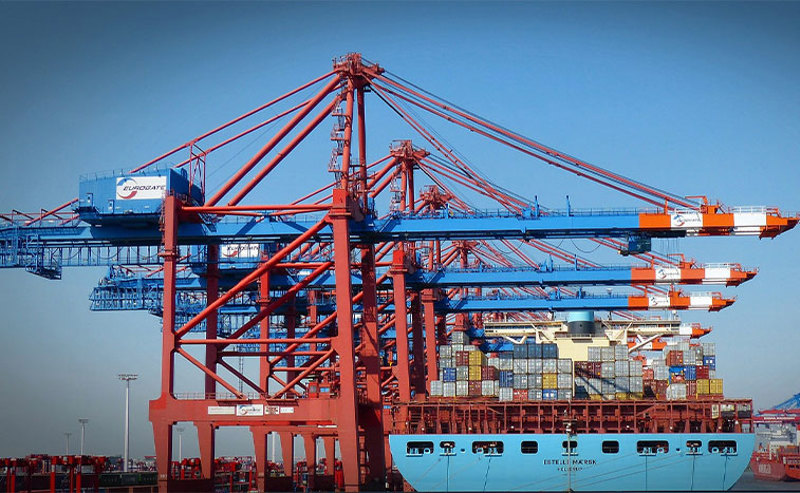Rippling inflation is causing uncertainty throughout many industries, especially shipping and logistics, who are feeling the effects of the market turbulence. Though record-low unemployment may point to a healthy plateau, many companies are experiencing difficulties. What has recently happened that is pointing to inflation, exactly? A key driver would be fuel costs, which are soaring globally. In early October, OPEC+ announced steep oil production cuts, causing tension from both U.S. and European powers who are already dealing with the energy crisis and inflation. This, in tandem with astronomical interest rates, varying freight costs and the looming effects of the pandemic, are pointing to a recession on the horizon.
Supply chain leaders have become more agile as a result of dealing with similar situations in the past. History has proven that business will find success in reducing costs while improving customer experiences to have more certainty about their profits, but it isn’t as simple now as it has been in the past. Though there are solutions abound, such as technology that allows added visibility across operations, moving beyond visibility can prove helpful in helping companies build resilient supply chains.
What can supply chain leaders do?
Leverage a single platform to track and act on shipment exceptions or capture additional savings opportunities
- Visibility is more accessible now than ever before, but supply chain leaders wanting to make an impact are still facing challenges. Implementing a digital solution isn’t as simple as it may sound, especially since many of them manage the many moving parts of an operation in their respective siloes.
- Leveraging the right platform that brings all components—planning, booking, execution, settling and tracking shipments—together in one place will help build a truly agile supply chain and enhance the user experience. Our customers experience the direct benefits of the use of a single platform like an increase in their execution speed, which, in turn, bolster customer happiness and revenue.
Reduce Detention and Demurrage (D&D) charges by executing plans that avoid at risk areas and leveraging a platform that enables avoidance and mitigation
- Under OSRA 22, carriers are subject to fines if they charge D&D for situations beyond a shipper’s control and are now required to provide valid certifications on all fees for containers. Shippers can leverage a supply chain technology platform to predict changes in the cutoff date for container pick up and changes in the earliest return date (ERD), which helps them avoid fees. They also have the intelligence to forecast and predict if the freight is going to hit the port before the ERD and provide alternative options given the estimated time of arrival.
- The new D&D rules around invoicing are significant, and if not handled properly, can lead to legal implications. Platforms have the capability to ensure shippers remain compliant by including all necessary elements required by OSRA 22 in invoicing.
Optimize costs by utilizing carriers that provide the best balance of cost and performance
- Businesses want to save on their bottom line, but too severe of a swing on the pendulum of cost mitigation can affect the quality of the service they’ve subscribed to. Simply put, optimizing cost shouldn’t come at the expense of quality or capability.
- An end-to-end logistics execution platform can measure carrier performance and help you choose the best carrier for your job through the help of artificial intelligence (AI) and machine learning (ML). Evaluating a carrier is usually done by using a central repository of carrier performance metrics and compliance tracking. AI and ML allow Blume customers to experience intelligent carrier selection, where the selection process for a carrier is automated based on configured business rules and performance metrics set by the user.
Though rising inflation and impending recession may be our reality soon enough, resilience should remain a priority. There are avenues to explore and resources available to supply chain leaders and exploring a digital supply chain technology platform may be the most beneficial option.
contact us
Contact Us

